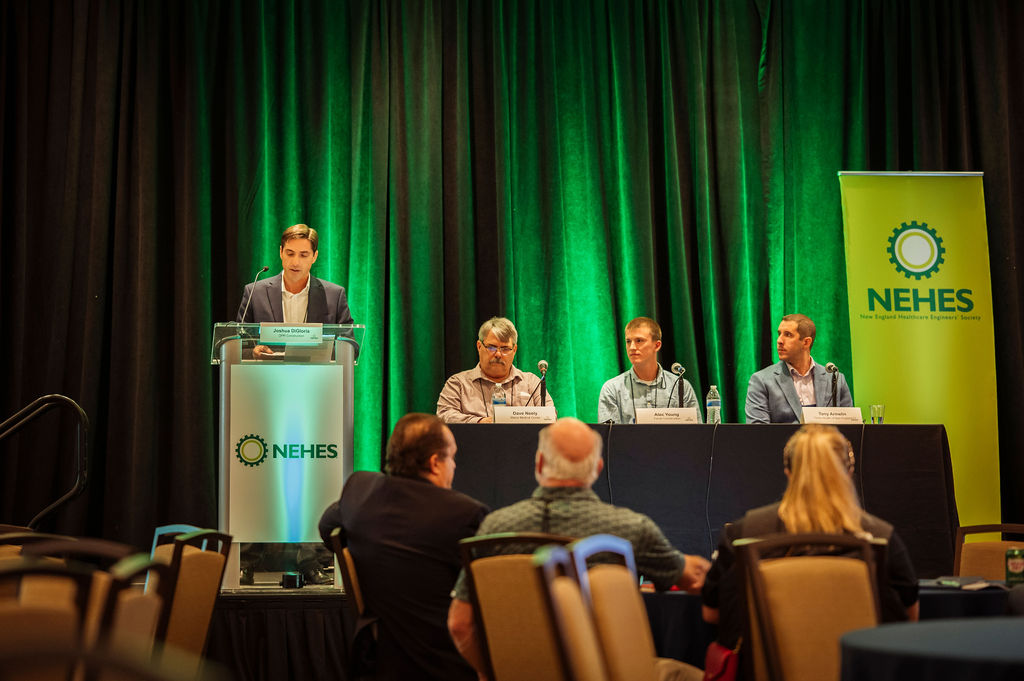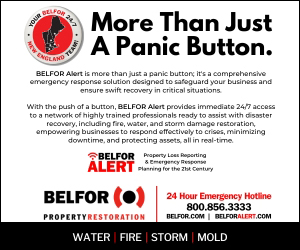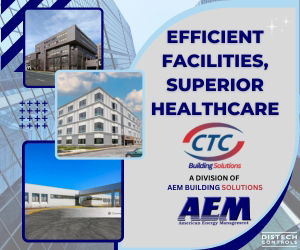 
Thank you to the attendees and business partners who gathered in Manchester, NH, to network and learn essential tools for successful healthcare facilities management through presentations that supported this year's theme: "Resilient Healthcare Facilities: Adapting to Change and Embracing Technology."
Explore the gallery: https://www.flickr.com/photos/164105378@N03/albums/72177720325631355/
|
The New England Healthcare Engineers' Society (NEHES) is honored to recognize that the following members were recipients of scholarships to attend the NEHES Spring Seminar last month. Their dedication to professional growth and excellence in healthcare engineering is commendable.
-
Ariana Walker – Baystate Health
-
Robert Prohaska – Springfield Hospital
-
Shawn George – Frisbie Hospital
-
Raymond Gorski – Bristol Hospital
-
Timothy Sheehan – Cambridge Health Alliance
-
Alex Perry – Connecticut Children’s Medical Center
-
Michael Sala – Bristol Hospital
-
Anthony Costigan – Northern Light Health
-
Leigh Hickman – Concord Hospital Health System
-
Richard Rybski – Baystate Health
-
Steve Doucette – Massachusetts
-
Joel Farley – Maine
-
Ron Bourgoin – Winchester Hospital
We congratulate these members on their achievements and look forward to their continued contributions to the field and to NEHES.
|
As a scholarship recipient, I gained valuable insights from the NEHES Spring Seminar, which featured three informative sessions and numerous vendor interactions. The day began with a detailed walkthrough of the Joint Commission Survey process, including facility orientation, documentation review, and building tours. Key survey findings were discussed, with above-ceiling penetrations still ranking as the top issue. The session also covered the SAFER matrix and CMS validation practices.
Two panel discussions followed. The first addressed emerging technologies such as infrared inspection tools and tablet-based preventive maintenance systems, with real-world implementation examples from Maine Medical. The second focused on succession planning, stressing the importance of continuous staff evaluation, leadership development, and thoughtful transitions for retiring personnel.
The event combined valuable education with networking opportunities, great food, and vendor engagement—making it another stellar NEHES experience.
Rob Prohaska, CHFM
Director of Engineering
Springfield Hospital
|
September 28 – October 1, 2025 | Springfield, MA
To assist with education planning, the New England Healthcare Engineers' Society is soliciting abstracts for presentations at the 2025 Fall Conference. Abstracts must be submitted through the web form at the link below.
We ask that all abstracts support the conference theme: "Gambling on Healthcare's Future: Don't Leave Compliance to Chance." While we are open to all proposals, topics of interest include FGI 2022 adoption, sustainability, navigating turbulence (Medicare/Medicaid), facility condition assessments, environmental safety, labor shortages, and adapting to current economic conditions.
Deadline to submit your abstract: May 31, 2025
Selected presenters will be notified by July 3, 2025.
Submit Presentation Proposal:
https://app.smartsheet.com/b/form/019665ae561f7628b0363b05e660529e
|
The following information is interpretive guidance for your consideration as you strengthen your environment of care and life safety preparedness. Learn about current battery-operated lighting requirements, clean room ceiling guidance, and more.
|
Red Thread - East Hartford, CT
The Joint Commission 2025: Updates, Trends, and Hot Topics for Healthcare Engineers
The regulatory landscape for healthcare facilities is constantly evolving, and staying ahead of the latest Joint Commission (TJC) requirements is essential for healthcare engineers and facility managers. This seminar will provide a comprehensive overview of the most recent updates to The Joint Commission standards in 2025, with a particular focus on Environment of Care (EC), Life Safety (LS), and Emergency Management (EM) chapters.
|
MHA Conference Center, Burlington, MA
|
September 28 – October 1, 2025 | Springfield, MA
|
Did you recently receive an ASHE certification? We'd like to highlight your accomplishment in an upcoming newsletter. Please complete the form below to let us know which certificate you received this year.
Click here to view the form.
|
Health Facilities Management
A list of ASHRAE addenda, revisions and drafts affecting health care open for public comment.
|
2025 Health Care Facilities Innovation Conference
July 27–30, 2025
Greater Columbus Convention Center
Columbus, OH
|
 
|

|

Healthcare Facilities Today
A Nebraska hospital replaced all of its fluorescent luminaires with energy-efficient LEDs and reduced its energy consumption while lowering operating costs.
|
World Health Organization
The World Health Organization released a publication on how to build safe, climate-resilient and environmentally sustainable health care facilities.
|
New England Journal of Medicine (NEJM)
Health care systems are increasingly recognizing the environmental harms generated by medical care and are seeking to reduce their carbon footprints. They can accomplish measurable reductions in greenhouse gas emissions while maintaining high quality and even improving care by pursuing co-benefits — programs that simultaneously reduce environmental harm and benefit patients’ health. The authors describe Advanced Comprehensive Diabetes Care (ACDC), an evidence-based telehealth program for diabetes patients in the U.S. Department of Veterans Affairs (VA) system that has concurrently improved patient care and reduced the VA’s carbon footprint. Designed for patients with poor diabetes control, the program leverages existing clinical infrastructure to provide nurse-delivered telemonitoring, self-management support, and provider-aided medication management. ACDC has improved patient outcomes while reducing patient travel time, out-of-pocket costs, and greenhouse gas emissions. ACDC served 576 patients between 2017 and 2022. The authors estimate that the program has prevented over 200,000 miles of driving, saving around US$20,000 in gasoline costs for patients and 82 metric tons of carbon dioxide emission compared with equivalent in-person care. ACDC provides a template for improving health outcomes and patient as well as provider satisfaction while saving money and producing measurable reductions in carbon footprint.
|
Healthcare facilities in New England are experiencing triumphs and challenges on the sustainability journey. If you missed the NEHES Lunch and Learn Webinar on June 20th, you can log in today to view the recording and learn more about:
- How batteries provide opportunities for earnings, savings, and resiliency for healthcare facilities in New England
- Creating fiscally responsible infrastructures to meet the growing demand of the EV market and exploring available EV chargers
- Utilizing state and federal funding to 'drive forward' sustainability and resiliency efforts
- A candid look at a hospital case study highlighting start-to-finish projects with successes and failures
Learn more at https://nehes.org/page/webinar_series.
|
The Climate Resilience for Healthcare (CR4HC) toolkit is designed primarily for healthcare emergency preparedness professionals, as well as the multidisciplinary teams that participate in healthcare organizations’ emergency preparedness and resilience planning. CR4HC is designed to be used after completing a hazard vulnerability assessment, using tools like the HHS Administration for Strategic Preparedness and Response (ASPR) Risk Identification and Site Criticality (RISC) Toolkit, to inform health care resilience planning in the setting of evolving climate-related disasters and extreme weather events.
|
 
|

|

Jacobs
Healthcare facilities need to make sustainable investments to reduce operational expenses while integrating technologies to improve efficiency.
|
Cleaning & Maintenance Management
Facility managers listed employee training as their top staffing concern, with employee health and safety ranking close behind.
|
Healthcare Facilities Today
Healthcare facility staff members need to work across departments when faced with natural disasters, cyberattacks and other emergencies.
|
|

